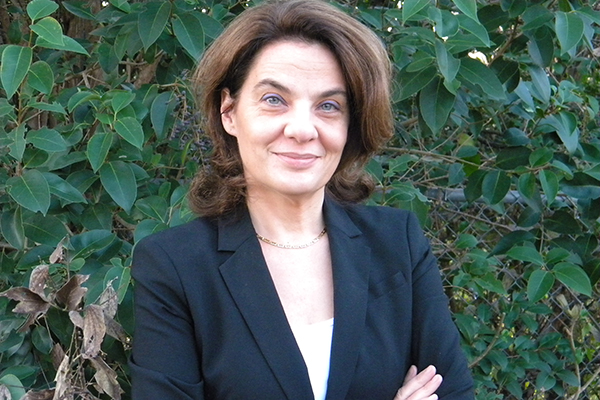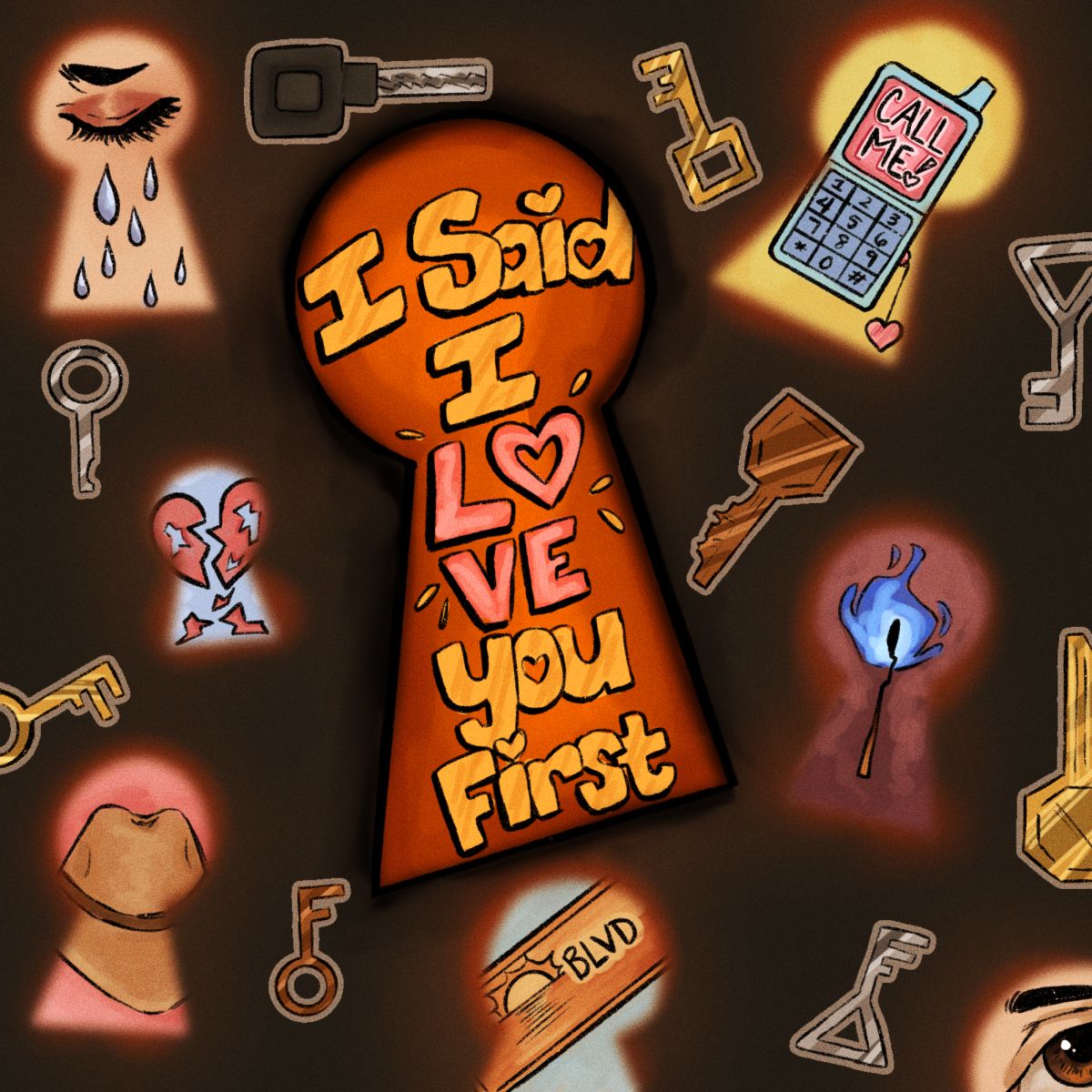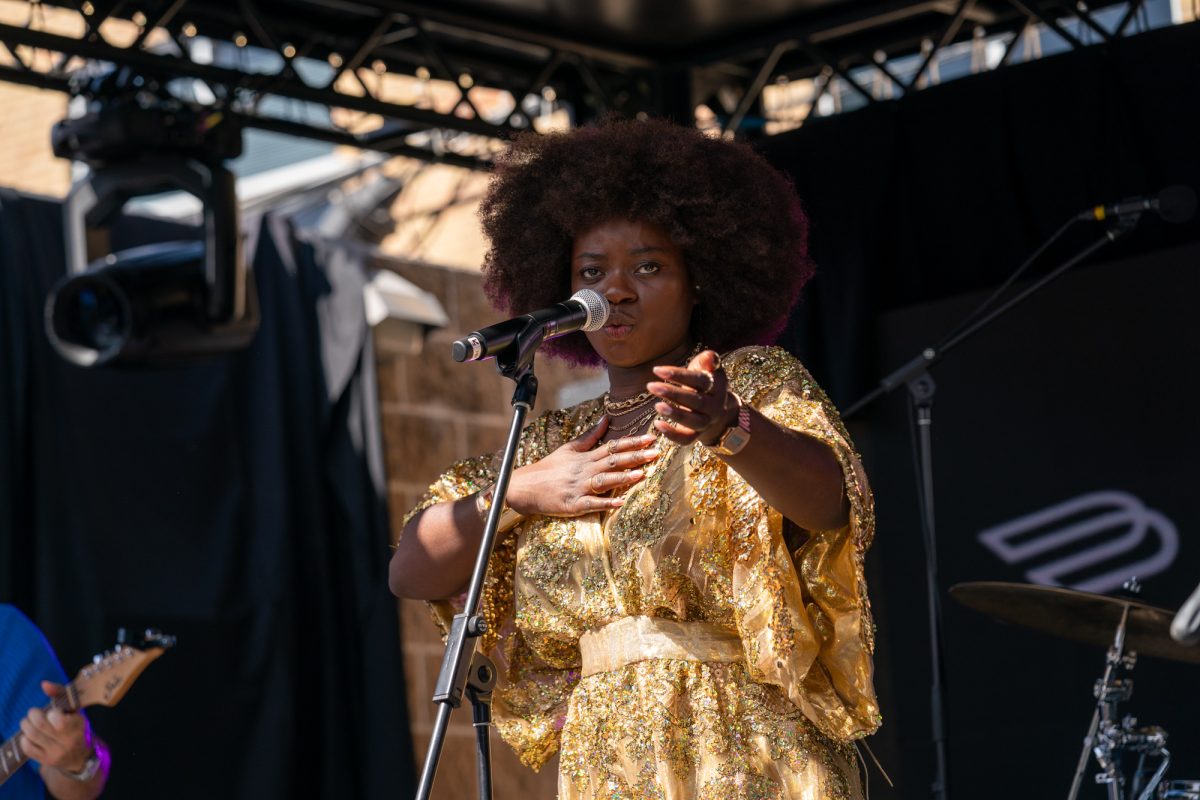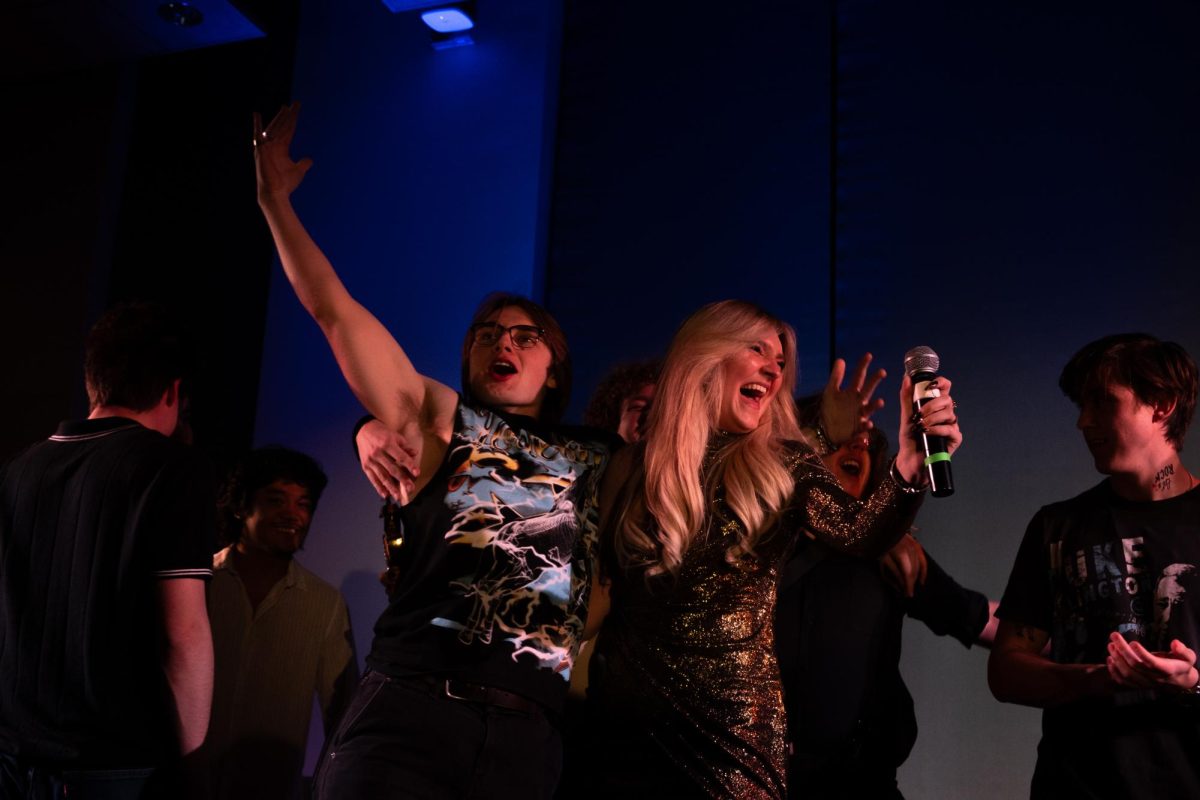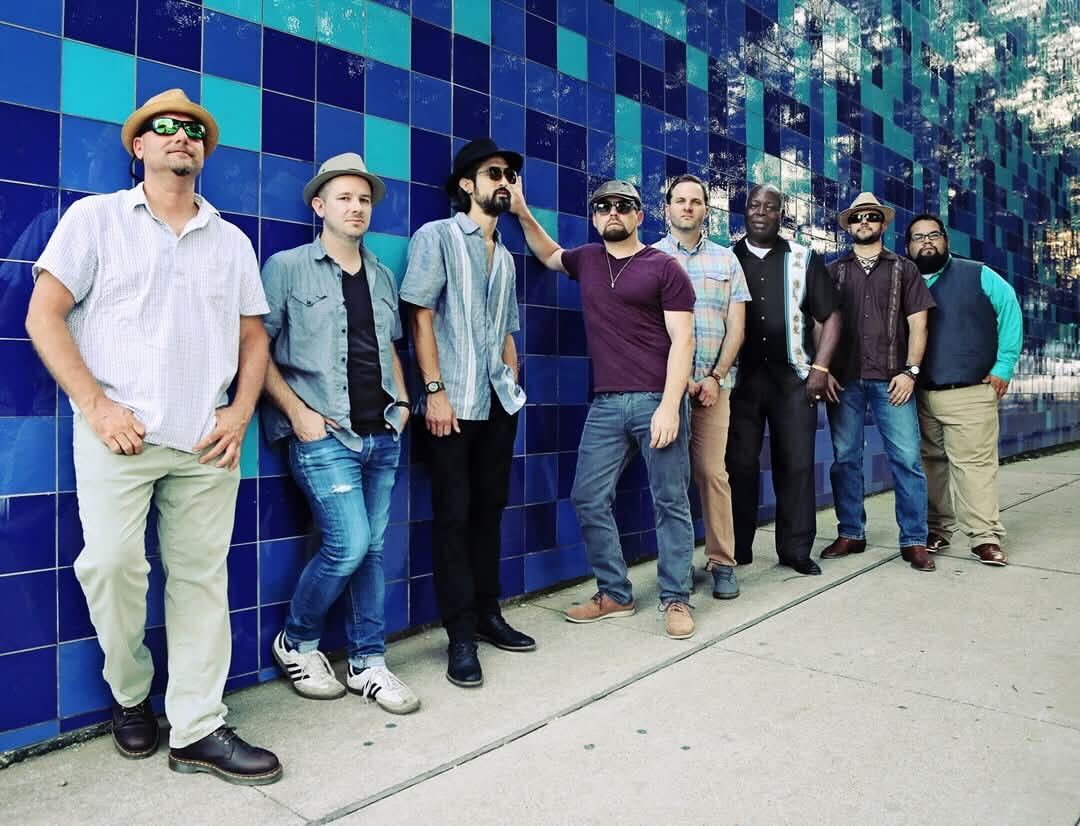Just as they infected medieval art, monsters invaded the music of medieval societies and exerted influence over the songs and chants of Christian communities.
To exhibit the intertwined culture of monsters and music, professor Luisa Nardini will present “Singing Monsters,” a lecture and musical performance on the ways in which monsters inhabit the music of medieval societies, on Nov. 21 at the Blanton Museum. A series of Gregorian or plain chants will be sung, songs that were usually performed in conjunction with religious services and prayers in a chorus with a single melody.
The Daily Texan sat down with Nardini ahead of her performance to discuss monsters, music and the history behind them.
The Daily Texan: How did you get involved with the exhibition, and how did “Singing Monsters” originate?
Lusia Nardini: When the “Medieval Monsters” show was announced among the faculty of the medieval studies program, I got in touch with the curators at the museum, and we started talking about offering musical programs that could parallel and complement the exhibition. I’ve been incorporating performances of medieval music, and I could immediately think of a number of pieces that include monsters directly. So we will be singing some chants that connect with the monsters in the artwork of the exhibition.
DT: Most of the surviving medieval music are chants that have a specific type of religious purpose. Could you speak to how music was used in medieval societies compared to music today?
LN: The singing of chant in religious practices was something that was absolutely pervasive in monks’ and nuns’ lives. Their whole lives revolved around liturgical practices. Every single day they had a large number of services. And the liturgy was all chanted. So with every single service they sang chants. From the beginning to the end of the day, they were singing almost every moment when they were in the church.
DT: Rather than to entertain or provide a means of self-expression, weren’t these songs used as a tool of worship and reflection upon the Bible?
LN: Absolutely. Especially after a reading from the Bible, the chant was sung immediately after. The reading was very ornate with little text but a lot of melody. Chants were used as a way to facilitate meditation. And we will sing some hymns that repeat the music or each of the stanzas of the texts, which is not very different from all strophic music which include the pop songs of today.
DT: Many of the monsters in the exhibit originated in classical mythology, but in what ways did similar monsters function in medieval culture?
LN: Dragons were present in classical mythology as well as in medieval times and manuscripts. Also, dragons were present in the Bible in the book of Revelation. These classical monsters got reinterpreted in a medieval mindset for what concerns the western world and according to Christian values. In the majority of cases, the dragon was symbolic of the devil, especially in the cases of St. George and St. Michael who defeat the dragon.

